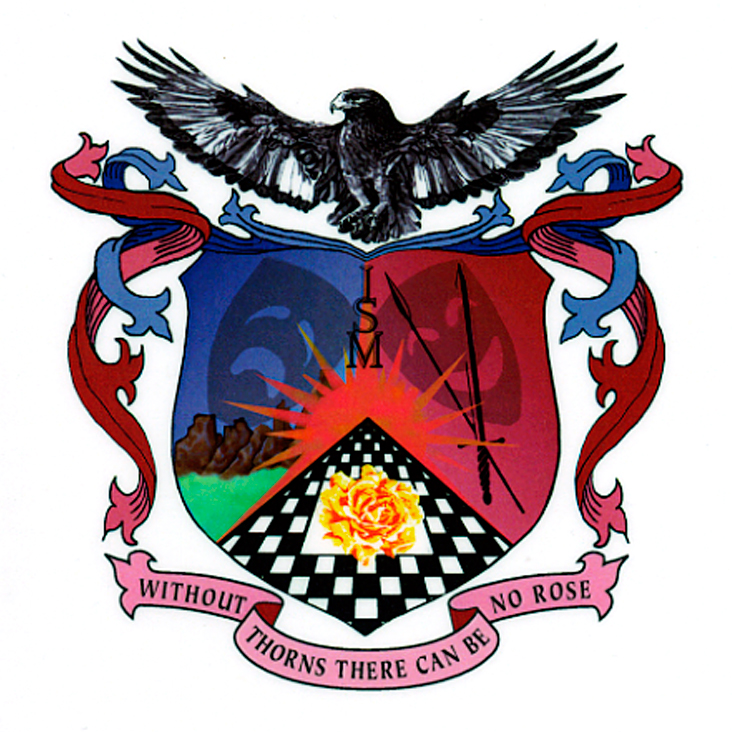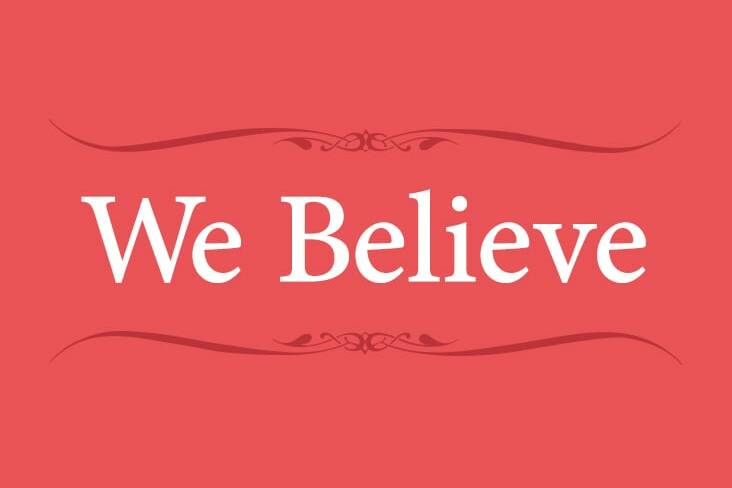The Institute for the Study of Man is a centre for higher learning.
We teach people how to handle relationships, for at the end of the day all of life is about relationships.
Because we believe that the only true knowledge is experiential, we provide the setting for you to feel for yourself your own wonder and uniqueness; to experience for yourself your own value, potential and creativity.
ISM‘s teachings are based on the ancient Toltec Tradition, normally referred to as The Warrior’s Path, a non-sectarian and non-racial belief system encouraging freedom of religion and philosophy.
The Warrior’s Path is essentially a practical approach to daily life and the many challenges we encounter as our destiny unfolds, leading ultimately to freedom through the skilful handling of awareness.
“Toltec” means a man or woman of Knowledge, and the Toltec teachings, as expressed by Théun Mares, are a practical pathway of self-growth leading to self-knowledge.
It is worth noting that Toltecs differentiate between the terms “human”, “man”, and “mankind”. The term human means animal man, or quite simply, man in incarnation upon the physical plane. However, man is that creature of the universe which is evolving awareness upon the planet Earth by incarnating as a human-being. Mankind, on the other hand, is all other life forms which have a similar evolutionary status as man, but who are evolving awareness elsewhere within the manifested universe. “Man” for us means hu-man and thus includes both male and female.
ISM Coat of Arms symbology.

The coat of arms consists of a badge surrounded by bunting, topped by a crest, and underscored by a motto. In viewing crests and badges we must bear in mind that we are looking at them, and therefore if we wish to determine direction, we must think of standing with our backs towards the crest or badge.
The crest is a black and white eagle which symbolises the Unspeakable the source of all life.
Note that the eagle is looking towards the right, the place of manifestation. Its wings are spread, indicative of action, and its talons are slightly detracted above the badge, symbolic of the fact that the Unspeakable, that is the Nagal, hovers above, or overshadows its manifestation even though fully active within that same manifestation.
The badge is divided into three sections, symbolic of the three great bands of energy fields comprising the manifested universe. These three bands are the nagal, the dreamer and the tonal.
The left sector is symbolic of the nagal, or the spirit of man. Its colour is pink, the vibration of pure spirit, impressed upon which is the mask of joy, symbolising the joy for life.
Also shown in this sector is the Spear of Destiny and the Sword of Power, symbolic of fate and the evolution of awareness, respectively.
The right sector is blue, the vibration of the tonal, impressed upon which is the mask of melancholy, symbolising the desire for change.
Superimposed upon this sector is a simple landscape indicating physical manifestation.
These two sectors are symbolic of the right side and the left side of the luminous cocoon of man. Within this scheme the left side, (nagal), constitutes the vertical axis of North-South, that is Action-Power, in that the Spear and the Sword indicate action, and joy indicates power. The right side, (tonal), constitutes the horizontal axis of East-West, that is, Sobriety-Feeling, in that the landscape indicates the light of day, or sobriety, and melancholy being the emotion which most closely resembles pure feeling.
The bottom sector depicts the chequered floor of the Toltec Temple, in the centre of which is the Sacred Centre upon which is placed the Yellow Rose of Friendship.
The chequered floor is symbolic of positive and negative, male and female the hermaphroditic nature of the dreamer of man. At the core of the dreamer is the purpose of the Spirit of Atl, symbolised by the Sacred Centre. Central to all this is the Yellow Rose of Friendship, symbol of the intent of the dreamer, which is directed by the purpose of Atl, and which, in the final analysis, is the unwavering will of the Eagle.
In the centre of the badge is a setting sun. This is the orange-red sun, origin of the spirit of man, that is, the dreamer of Atl.
Since it is a setting sun, it marks the West, the place of feeling and of melancholy. It is therefore a powerful symbol of both the destiny and the purpose of the Spirit of Atl.
This is further reflected in the motto, “Without Thorns There Can Be No Rose”, or in other words, without risking pain and destruction the warrior can never make his command the command of the Eagle.
And yet, the whole shape of the badge is reminiscent of the shape of a heart, symbolic of a Path With A Heart, whilst the surrounding bunting is indicative of the beauty inherent within life-made-manifest.

“Veni, Vidi, Vici”.– I came, I saw, I conquered.
Add to all of the above this quotation which will always have special significance to all those destined to head the Institute for the Study of Man.

Elizabeth Schnugh is Founder and Director of the Institute for the Study of Man, which provides practical courses with the emphasis on providing people with tools with which to uplift themselves and to change their lives. Read more about Elizabeth.
We Believe…
...that every man and woman should have the freedom to follow a path with a heart. To this end we will support you...
About Elizabeth
Elizabeth Schnugh, seeker by heart and with great passion for sharing, started her career as a Chartered...
The ISM Vision
To facilitate connection, warmth and camaraderie, our vision at ISM is to host two global ISM Retreats per annum...


